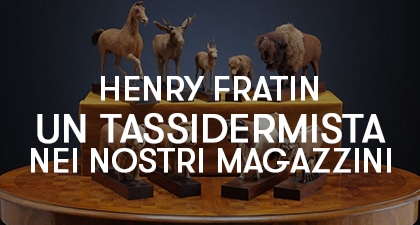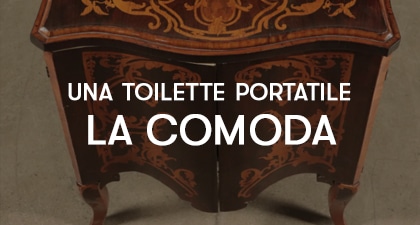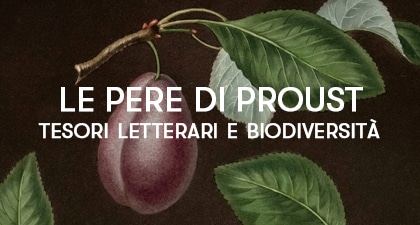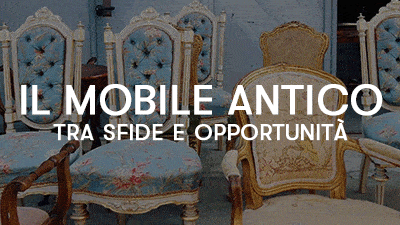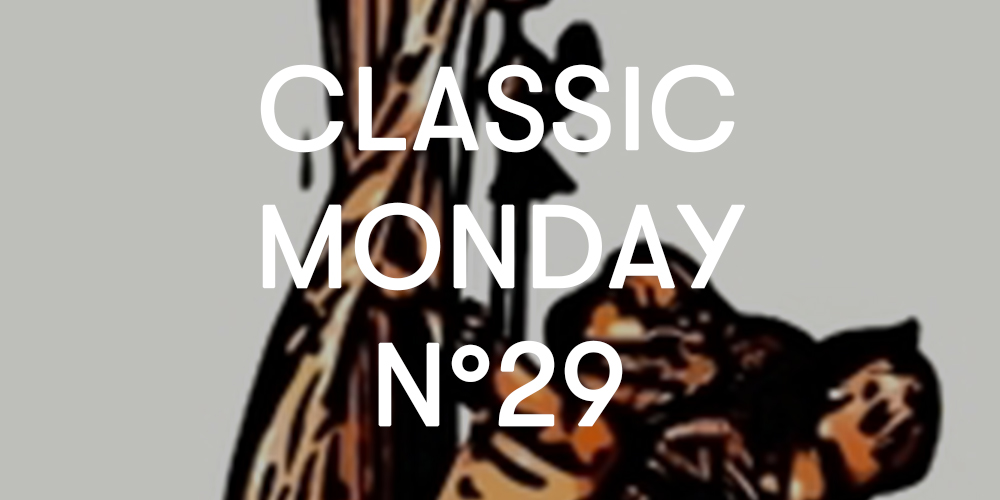
Il nostro Classic Monday di oggi vede come protagonista uno scenografico gueridon intagliato, risalente alla fine del XIX secolo.
If it is not unusual to find vase tables with plastic shapes, ours is characterized by the attention to the sculptural rendering and for the curiously imaginative iconography.
On a base rests an ostrich ridden by two putti; Next to it a tall vegetal stem ends in a large leaf that acts as a planet.
Great attention is paid by the artist to the plausible representation of the different materials.
The pine wood has been expertly worked and carved to emulate now the feathers of the bird, now the soft flesh of the putti, now the fibrous vegetable stem. The ostrich itself is carved paying attention to the anatomies, a symptom that the artist must have seen the animal live or at least had been able to have drawings taken from life.

Our sculpture draws inspiration from the Venetian production that spread in the second half of the nineteenth century in the lagoon city.
The sculptural wooden carving, very common in the realization of the bases of tables and pot shelves was in fact very rooted here, since the seventeenth century.
Clearly derived from the Roman Baroque brought to the lagoon city through the mediation of the Genoese Filippo Parodi. In Venice this taste had found wide acceptance and a great representative in the famous cabinetmaker Andrea Brustolon.
This type of work was often characterized by exotic characters and animals, in search of the original and the extravagant, as is understandable for a seaside city, always used to trade with the most distant lands and cultures.
This tradition was therefore maintained even in the following centuries and in the nineteenth century the undisputed protagonist was Valentino Panciera, called “Besarèl”, from the nickname given to the family. Its catalog boasts a vast and heterogeneous production, in which gueridon appear from which our inspiration draws. We find the Moors dear to the tradition of Brustolon, to which Besarel was certainly indebted, but also putti and animals.
Besearel’s works are characterized by a harder wood than our pine, more tender and easy to work, which is why it is often used in carving.
The dynamic rendering is also greater in Besarel’s art, where the figures seem to be in constant motion.
Our carved gueridon therefore recalls this production, which became famous and requested in all the greatest European courts of the second half of the nineteenth century. Elements well known to purely Western iconography are taken up, such as putti, but at the same time the search for the exotic and the extravagant is satisfied, moreover still more than appreciated today.















